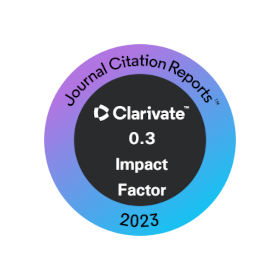Organic versus conventional fertilization on yield, morphological attributes and fruit quality of grape tomato in a non-recirculating subirrigation system
DOI:
https://doi.org/10.28940/terra.v39i0.897Keywords:
growth, protein hydrolysate, plant nutrition, image processing, Solanum lycopersicum L.Abstract
In the context of sustainable agriculture, the use of organic fertilizers is a viable option given the environmental impact caused by conventional fertilizers. The objective of this work was to evaluate the effect of organic fertilizers as a source of N on growth, yield, quality, and morphological traits in grape tomato fruits. Seven fertilization treatments were evaluated, which consisted of an inorganic nutrient solution (Steiner solution) and different mixtures of various OMRI certified nitrogen fertilizers of animal origin at a concentration ranging 100 to 120%. The results showed that T5 and T6 organic treatments showed a growth similar to the conventional treatment (T7). The SPAD index was 13.8% higher in organic treatments compared to T7 inorganic treatment. In the fruit production parameters, the T5 organic treatment was similar to the conventional treatment in the number of fruits per cluster, although in fresh fruit weight, yield, and longitudinal diameter, the conventional treatment surpassed the organic treatments by 21, 31.6, and 5.8%; whereas, the transverse diameter was similar in treatments T1 and T7. The fruit firmness was higher in T1 and T4 organic treatments, surpassing the inorganic treatment by 10.3 and 6%, respectively. Total soluble solids were higher in T4 organic treatment, surpassing the T7 inorganic treatment by 18%. The T7 inorganic treatment had higher values in most of the morphological attributes, although the effects were statistically similar to those of T3, T5, and T6.















